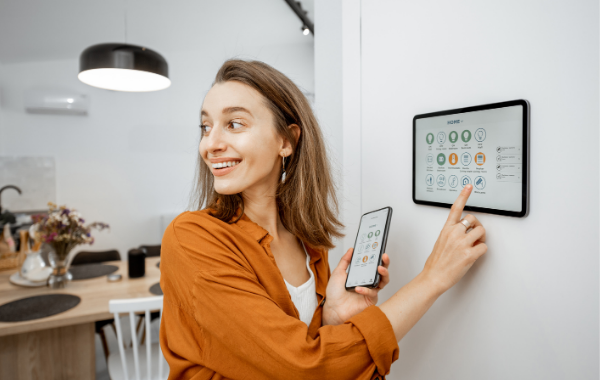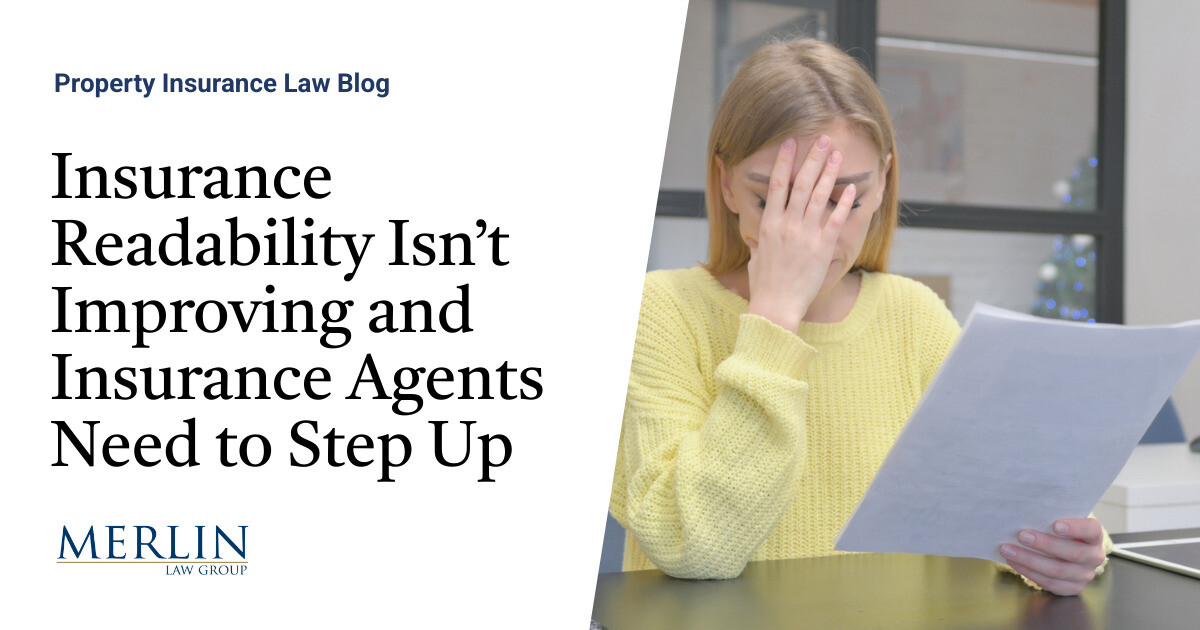
With the continued adoption of Smart Home products, many homeowners welcome devices that promote energy efficiency, cost savings benefits, and added security.These protected homes may present a lower risk for insurers and reduce claims expenses, but are insurers optimizing how that data is being extracted and used to mitigate risk? How can IoT data be used to obtain a Home Health score? A “healthy” home has multiple smart devices that are monitoring and communicating to establish the patterns of the occupants.Not only does this allow homeowners to get the most out of their device investment, but it also enables insurers to accurately assess risk factors and recommend mitigation tactics.
Currently, Home Health scores are derived from individual devices.For example, water usage data is typically evaluated as its own entity.Although a useful input, this only tells us a fragment of the story and doesn’t provide enough insight in determining an accurate score.
The concept of evaluating data from various sensors is also evolving in the home.A water sensor alerts the home to the presence of water, but before another device is signaled to turn off the water, it will cross verify that there is water flowing through the pipes, monitor the water pressure for even the slightest drop, and determine whether the home is occupied.It’s these patterns occurring behind the scenes, combined with the water usage data, that provide the whole story.
Cross-pollination of data is more powerful when assessing overall home health and risk which leads to more appropriate reactions.What are the key indicators when determining a home health score? Occupancy Information What is the pattern of occupancy in the home: full-time, part-time, etc.? Instead of simply using motion sensors to determine occupancy, insights can be gathered from door locks, toilet flushes, electrical usage, etc.to confirm and enhance the accuracy of the data.
Behavioral Data Does the homeowner embrace smart technology, and is it properly connected to mitigate risks? When a risk condition is identified, does the homeowner take immediate action? How the homeowner responds to the data provided is critical to understanding exposure.Exposure Data Insurance data, such as claims history, will help enhance the depth and clarity of the insights and provide a more robust score.Collecting data is imperative, but it’s the insights unearthed through the combination of different data sources that are the real value.
As we continue to learn from the home IoT data we collect and cross analyze it with insurance data, we must weave in other device data points and patterns to build an accurate Smart Home health score.This can help insurers to better determine risk in the home and how to best mitigate it.This is a past Central blog worth sharing that talks a bit more about the IoT (Internet of Things).
2021 The Hartford Steam Boiler Inspection and Insurance Company.All rights reserved.This article is for informational purposes only and is not intended to convey or constitute legal advice.
HSB makes no warranties or representations as to the accuracy or completeness of the content herein.Under no circumstances shall HSB or any party involved in creating or delivering this article be liable to you for any loss or damage that results from the use of the information contained herein.Except as otherwise expressly permitted by HSB in writing, no portion of this article may be reproduced, copied, or distributed in any way.
This article does not modify or invalidate any of the provisions, exclusions, terms, or conditions of the applicable policy and endorsements.For specific terms and conditions, please refer to the applicable endorsement form.Share this:FacebookTwitterLinkedInMoreEmailPrintLike this:
Publisher: Central Insurance Companies








